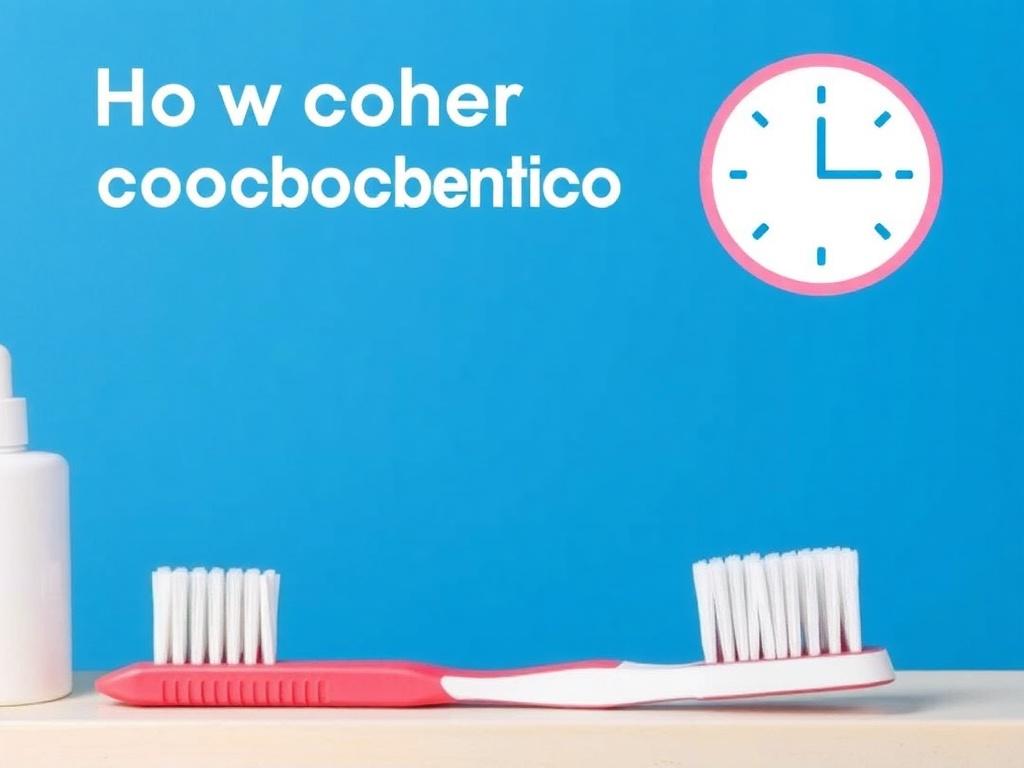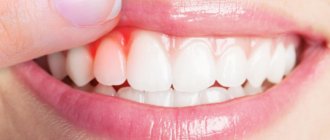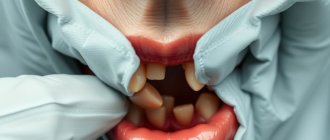Содержание
- 1 Why Changing Your Toothbrush Regularly Matters
- 2 Understanding the Lifespan of a Toothbrush
- 3 Signs It’s Time to Replace Your Toothbrush
- 4 The Risks of Keeping Your Toothbrush Too Long
- 5 Electric vs Manual Toothbrush: Replacement Guidelines
- 6 How to Store Your Toothbrush to Extend Its Life
- 7 Special Situations: When to Change Your Toothbrush More Often
- 8 How to Choose the Right Toothbrush for Longevity
- 9 Expert Opinions on Toothbrush Replacement Frequency
- 10 Common Myths About Toothbrush Replacement
- 11 Environmental Considerations: How to Replace Your Toothbrush Responsibly
- 12 Toothbrush Maintenance Tips to Maximize Use Before Replacement
- 13 Tracking Your Toothbrush Replacement Schedule: Practical Tools
Why Changing Your Toothbrush Regularly Matters
Brushing your teeth is one of the simplest yet most important routines you can have for maintaining your oral health. But have you ever stopped to think about how often should you change your toothbrush? Many people tend to hold onto their toothbrushes far too long, unaware of how that can impact their oral hygiene. Over time, toothbrush bristles wear out, gather bacteria, and become less effective at cleaning your teeth and gums. This is why understanding when and why to replace your toothbrush is essential if you want to keep your smile bright and healthy.
Changing your toothbrush regularly is not just about freshening up your dental routine—it’s about safety. When you brush, small particles of plaque, food debris, and saliva get trapped in the bristles. Without proper replacement, toothbrushes can harbor harmful bacteria, which may re-enter your mouth during brushing. Plus, old bristles won’t be able to tackle plaque as efficiently, putting you at higher risk for cavities, gum disease, and bad breath.
Understanding the Lifespan of a Toothbrush
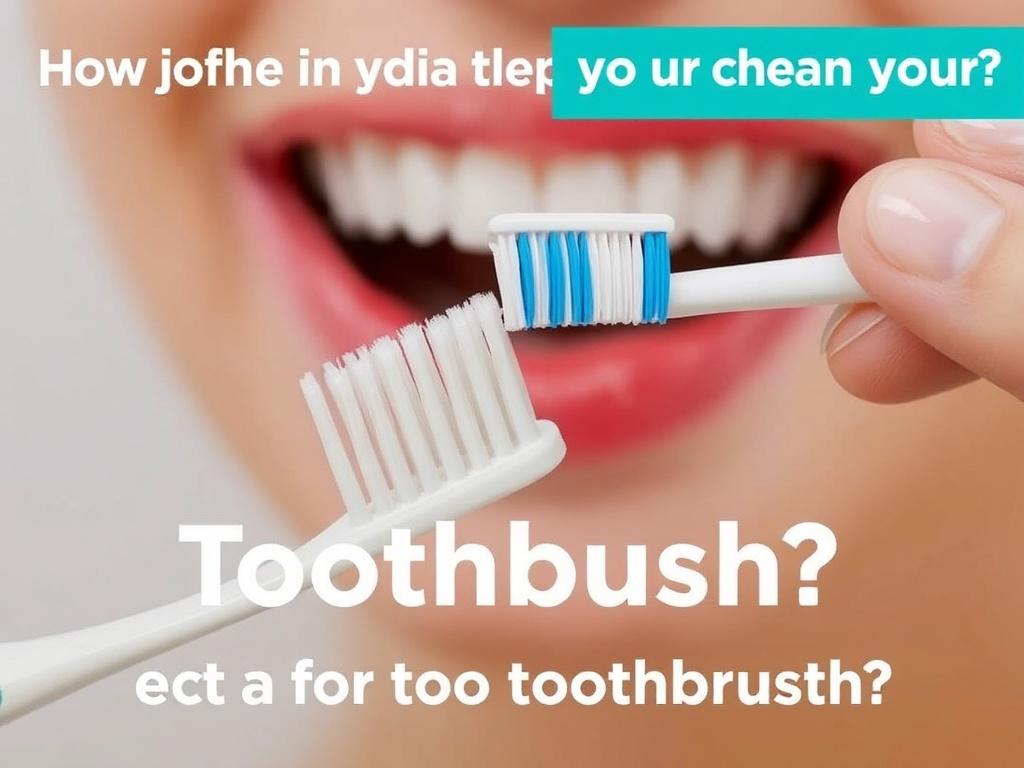
So, how often should you change your toothbrush? Most dental professionals agree that the average lifespan of a toothbrush is about three to four months. After that, the bristles become frayed and lose their ability to clean effectively. But this is a general guideline, and there are a few exceptions and factors that can affect how often you should swap out your brush.
For example, if you have recently been sick, especially with a contagious illness like the flu or a cold, it’s a good idea to replace your toothbrush immediately after you recover. Germs can linger on bristles, and continuing to use the same brush might expose you to reinfection.
Kids might also need their toothbrushes changed more frequently because they can be rough on the bristles when brushing. Additionally, electric toothbrush heads have their own replacement schedules—usually every three months—but you should always check the recommendations specific to your brand.
Signs It’s Time to Replace Your Toothbrush
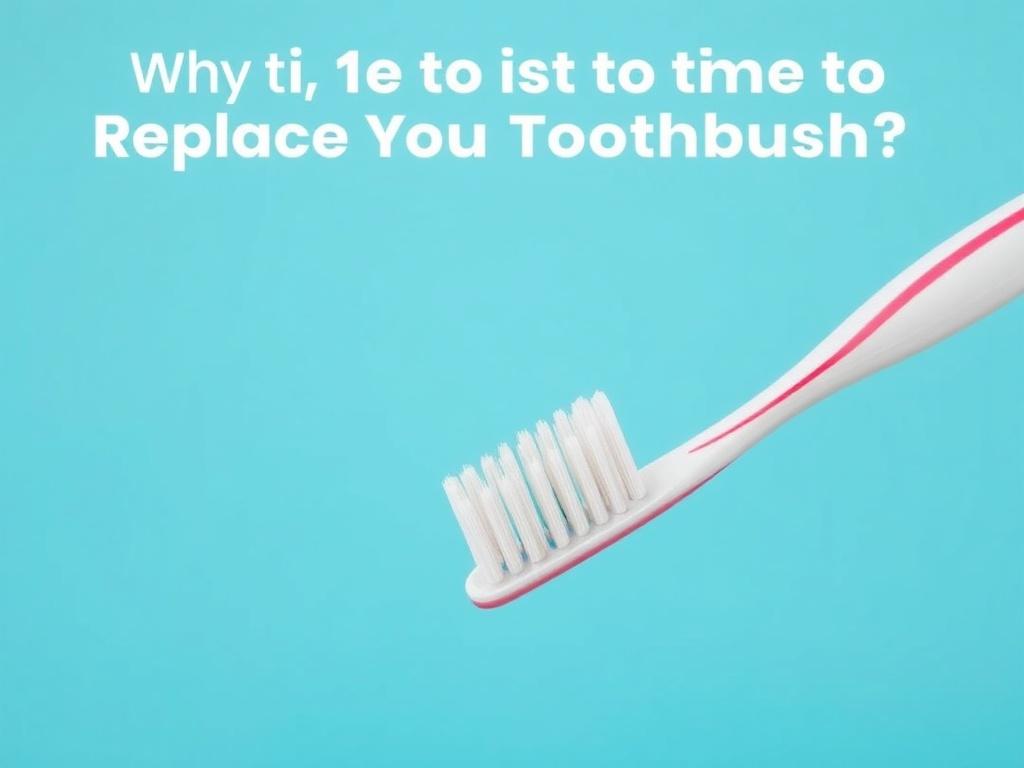
Besides tracking the number of months, you should look out for visual and functional clues. Here are some key signs that it’s time to pick up a new toothbrush:
- Frayed or splayed bristles: Worn out bristles do not clean teeth as effectively.
- Discoloration: Bristles that are dull or change color can indicate wear.
- Loose or bent bristles: These can be uncomfortable and inefficient.
- Bad smell: A foul odor can mean bacterial buildup.
- After illness: Replace toothbrush to avoid reinfection.
By paying attention to these signs, you can make sure your toothbrush performs at its best every time.
The Risks of Keeping Your Toothbrush Too Long
Many of us are guilty of ignoring the “replace your toothbrush” advice and keeping the same brush for way longer than recommended. But holding onto your toothbrush for months on end brings some risks. Let’s look at why it’s important to avoid this commonpitfall.
First, bacteria and other microbes love to hide in the damp environment between toothbrush bristles. This buildup can include not just typical bacteria from the mouth but also viruses and fungi, especially if you’ve been ill. Using a contaminated toothbrush can potentially reintroduce these germs into your mouth, delaying recovery or causing oral infections.
Second, old and worn bristles are less effective at plaque removal. Plaque is a sticky film of bacteria that accumulates on your teeth, and if it’s not properly removed, it can harden into tartar and cause gum disease or cavities. Using a toothbrush past its prime means you are not cleaning your teeth as well as you could be.
Third, continuing to use a toothbrush with damaged bristles can irritate your gums, cause microabrasions, and lead to gum recession over time.
Electric vs Manual Toothbrush: Replacement Guidelines
When discussing how often should you change your toothbrush, it is important to distinguish between manual and electric types. Both have different replacement methods and costs, but both should be replaced regularly for optimal health.
Manual Toothbrush Replacement
Most dentists recommend changing your manual toothbrush every three months. This ensures the bristles remain sturdy enough to clean effectively. You can use the signs mentioned earlier to help you decide if you need to replace it sooner.
Electric Toothbrush Replacement
For electric toothbrush users, the main component to replace is the brush head. While the handle can last for years, the heads wear out similarly to manual brushes. The rule of thumb is to change the brush head every three months or sooner if it becomes worn.
Many electric toothbrush models have color indicators on their bristles that fade to signal the need for replacement. These little reminders can help you maintain a routine without needing to guess.
How to Store Your Toothbrush to Extend Its Life
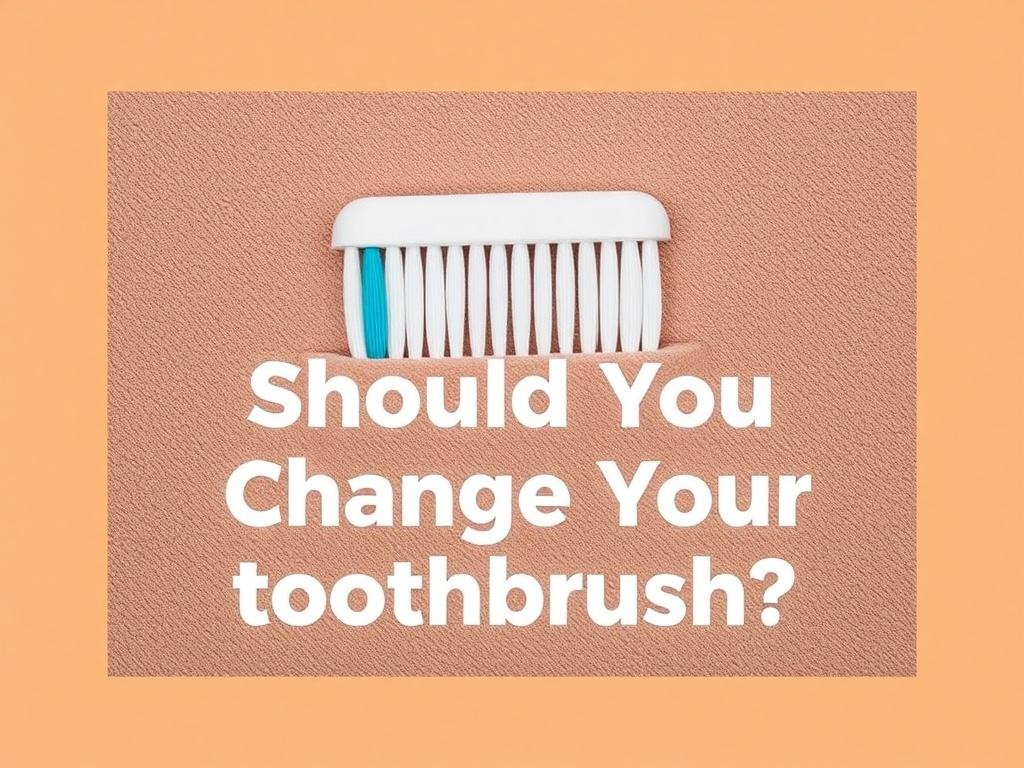
Even though toothbrush bristles need regular replacement, good storage habits can help keep your toothbrush cleaner and healthier for longer. Here are some tips to maximize the life of your toothbrush between replacements:
- Store upright: Keep your toothbrush in an upright position to prevent moisture buildup.
- Air dry: Allow your brush to air dry rather than storing it in a closed container where bacteria thrive in moist conditions.
- Avoid sharing: Never share your toothbrush, even with family members, to prevent cross-contamination.
- Keep it separate: If multiple brushes are stored together, make sure they don’t touch each other to avoid transferring germs.
- Replace bathroom covers: If you use a cover, clean it regularly to avoid trapping moisture and bacteria.
These small actions can help you keep your toothbrush in the best shape between replacements.
Special Situations: When to Change Your Toothbrush More Often
While three months is the standard recommendation for how often should you change your toothbrush, there are situations that call for more frequent replacement. Being aware of these special circumstances can help you avoid unnecessary risks.
| Situation | Why Replace More Often | Suggested Replacement Frequency |
|---|---|---|
| After Illness (Cold, Flu, COVID-19) | To avoid reinfection from germs on toothbrush | Immediately after recovery |
| Children | Brushing habits may be rough; bristles wear out faster | Every 1-2 months |
| Orthodontic Appliances (Braces) | Extra plaque and food debris buildup | Every 1-2 months |
| Illness with Immune System Issues | Higher sensitivity; risk of infections is greater | More frequent replacement recommended |
| Robust Brushing or Tongue Scraping | More wear and tear on bristles | Replace sooner as bristles wear out |
How to Choose the Right Toothbrush for Longevity
Choosing a toothbrush designed to last can help you maintain proper oral hygiene with fewer worrying about constant replacements. Here are some tips on selecting an effective and long-lasting toothbrush.
Bristle Type and Softness
Dentists often recommend soft-bristled toothbrushes because they are gentle on your gums but effective at cleaning. Medium or hard bristles can damage gums and wear out faster. Soft bristles tend to maintain their shape longer than stiffer bristles.
Brush Head Size
Choose a toothbrush with a head size that comfortably fits in your mouth. A smaller head can reach difficult areas and clean more efficiently, which might reduce the need for aggressive brushing that wears out bristles.
Quality over Price
Sometimes, the cheapest toothbrushes are made with inferior materials that wear out quickly. Investing a little more in a higher-quality brush may save you money and hassles over time because they often hold up better.
Electric Toothbrush Considerations
If you use an electric toothbrush, consider one with brush heads that have indicator bristles to signal replacement time. Also, look for heads with bristle patterns designed to reduce wear and improve cleaning performance.
Expert Opinions on Toothbrush Replacement Frequency
Dental professionals worldwide recommend changing your toothbrush every three to four months. The American Dental Association (ADA) specifically suggests replacing your toothbrush as soon as the bristles become frayed, and at least every three to four months, whichever comes first. The reasoning is that this period balances effective plaque removal and prevention of bacterial buildup.
Furthermore, dentists emphasize that toothbrush replacement should be paired with good brushing technique—two minutes twice a day—with fluoride toothpaste and regular dental checkups.
Common Myths About Toothbrush Replacement
There are a few misconceptions floating around that might confuse you about how often should you change your toothbrush. Let’s debunk some of them:
- Myth 1: You only need to replace your toothbrush once a year.
Reality: By then, your bristles are likely very worn out and harboring bacteria. - Myth 2: If it still looks okay, it’s fine to use.
Reality: Bristles can lose effectiveness before obvious signs show up, so sticking to the three-month rule is safer. - Myth 3: Toothbrushes don’t need replacing if you don’t brush hard.
Reality: Bristles degrade with use regardless of brushing pressure. - Myth 4: Boiling or disinfecting toothbrushes makes them last longer.
Reality: These methods might damage bristles, so it’s better to replace instead of trying to sanitize extensively.
Environmental Considerations: How to Replace Your Toothbrush Responsibly
Replacing your toothbrush every few months can contribute to plastic waste. But there are ways to stay committed to oral health while being environmentally conscious.
- Use biodegradable toothbrushes: Look for toothbrushes made with bamboo handles and plant-based bristles that decompose more easily.
- Recycle toothbrushes: Some companies offer mail-back recycling programs for used brushes—check for these in your area.
- Electric toothbrush heads: Though not biodegradable, some brands provide recycling options for their brush heads.
- Donation and reuse: While used toothbrushes should not be shared, some organizations accept unused toothbrushes for charitable causes.
Balancing health and environmental concerns means staying informed and choosing products wisely.
Toothbrush Maintenance Tips to Maximize Use Before Replacement
While you should change your toothbrush regularly, proper care can help you get the most out of each one. Below are practical maintenance tips:
- Rinse your toothbrush thoroughly after each use to remove toothpaste and debris.
- Store your toothbrush in a dry and well-ventilated area to prevent bacteria growth.
- Avoid covering your toothbrush too tightly or storing it in an enclosed container between uses.
- Do not share your toothbrush with anyone else, even family members.
- Inspect your toothbrush periodically for signs of wear or damage.
Tracking Your Toothbrush Replacement Schedule: Practical Tools
Sometimes, remembering when to replace your toothbrush can slip your mind. Here are some simple ways to keep track:
- Mark your calendar: Note the purchase or first use date and set a reminder for three months later.
- Use smartphone apps: Some oral health apps include toothbrush replacement reminders.
- Buy toothbrushes in sets: When you buy multiple toothbrushes in one go, you’ll have replacements ready on time.
- Follow indicator bristles: Rely on toothbrushes with colored bristles that fade to signal replacement.
Keeping track with these tools ensures you never miss the right time to switch brushes.
Conclusion
In conclusion, knowing how often should you change your toothbrush is key to maintaining a healthy mouth and preventing dental issues. The general rule is every three to four months, or sooner if your bristles appear worn or you’ve been ill. Both manual and electric toothbrush heads need regular replacement to keep cleaning power and reduce bacterial buildup. Paying attention to signs of wear, storing your toothbrush properly, and keeping a replacement schedule will help you maintain an effective oral hygiene routine. Remember, a fresh toothbrush is not just about comfort—it’s a simple but essential step toward a brighter, healthier smile. So next time you reach for that toothbrush, think about whether it’s time for a new one—a small change that brings big benefits!

